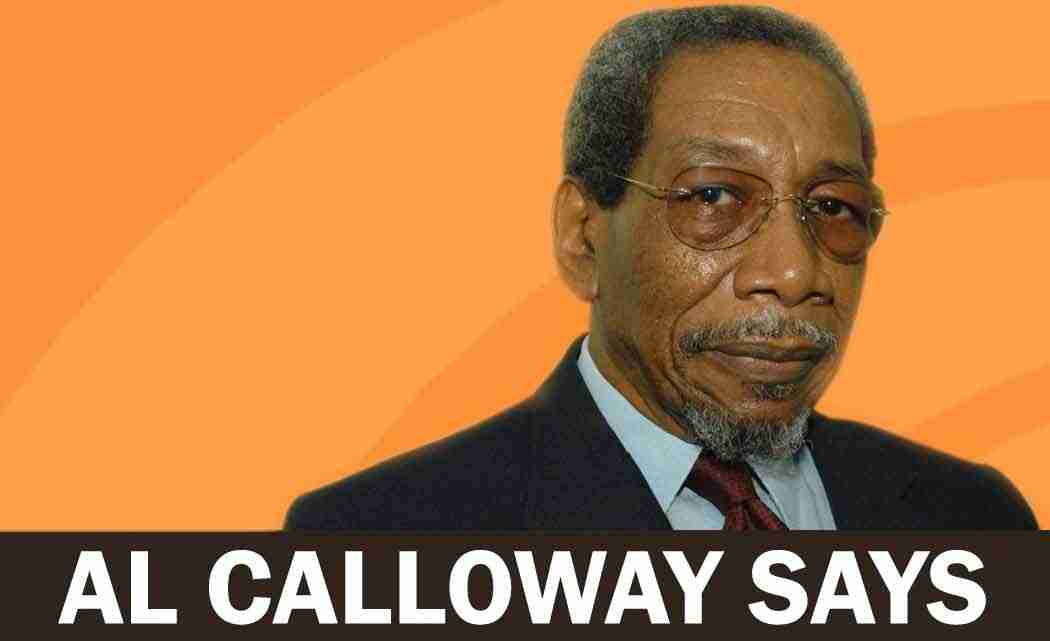Back in the 1980s, when the city of Ft. Lauderdale pulled together black ministers, politicos and a hodge-podge of community activists including the Urban League and the NAACP to plan and design the future of the Sistrunk corridor and 7th Avenue from Broward Boulevard to Sistrunk, great excitement and expectation reigned in black Ft. Lauderdale.
While black leaders of just about every stripe were engaged in the long and intense project called a Charrette, where they designed streetscapes, commercial areas, off Sistrunk parking, some mixed use areas, affordable housing, pocket parks, etc., white folks were planning the downtown you see today. During that period, blacks that talked about the money were summarily dismissed.
Black people with a business background, including accountants, some lawyers and budding entrepreneurs were the realist who wanted the downtown interests and the city to talk finances beyond government money in the form of Block Grants and tax credits. All financial institutions were already caught redlining (refusing loans to blacks) and downtown whites owned key properties and were land banking in the black community.
Let me give you another example of how unprepared people are chosen as leaders and the fallout from this “round objects in square holes” syndrome. I once went to County government to attend a budget meeting. The room was packed with black leaders. This is great, I thought. However, this was a meeting about garbage disposal. The budget meeting was down the hall. I was the only black person to attend that meeting.
So with the black leadership under control and out of the way, downtown sprouted up like grass after a good rain. While black folks were sleepwalking through unfulfilled promises and other disappointments, white folks even developed Sistrunk from Andrews Avenue east to US 1 and changed the name from Sistrunk to East 6th Street; in other words, to hell with black folks and their history.
Today, if you could get some tumbleweed, it would roll up and down Sistrunk after morning and evening drive time when workers use Sistrunk as a quick route to downtown jobs and a quick way west to get home from work. Sistrunk’s one westbound lane has traffic backed up from 27th Avenue east to 9th Avenue by 5 p.m.. During the week. Sistrunk’s two eastbound lanes create a quick dash for morning drive time workers to downtown jobs.
Tell me where in the above detailed traffic invention for Sistrunk Boulevard is there opportunity for business and job development? Whose plan is this and how did it get approved and why? Hey folks, guess what? Check and see if your ad valorem or property tax dollars paid for the Sistrunk thruway mess? Before and after drive time, Sistrunk is reminiscent of a ghost town, all you’d need is tumbleweed.
Except for developer Milton Jones’ successful commercial plaza on Sistrunk and 7th Avenue, other much smaller commercial projects seem to lack vision, marketability and true business acumen. For example, the Ft. Lauderdale Community Redevelopment Agency (CRA) let Maria Freeman, a black general contractor talk the agency out of $697,000 to develop the property on 9th Avenue and Sistrunk – part of which used to be a popular drug store. The badly conceived project finally cost $3.8 million and is in foreclosure.
Homebuilder Bob Young’s two-story building on Sistrunk actually has no second floor (now how do you do that!), and there are other anomalies in the area. For example, the city has spent $15 million “improving” Sistrunk and the lighting is so dim at night even a blind person wouldn’t be comfortable walking anywhere on Sistrunk after dark. It will take over $400,000 to fix the mistake. Now when do you think those funds will become available?
Flakka, the new drug has taken over Sistrunk and the side streets. This drug drives people crazy! They rip their clothes off, or walk up and down the streets talking to themselves. Their eyes look strange and far away and there is no way to predict how one so afflicted will act at a given moment. These addicts sleep on bus stop benches or roll up on the ground. The police on Sistrunk seem to just pass them by,
Al Calloway is a longtime journalist who began his career with the Atlanta Inquirer during the early 1960s civil rights struggle. He may be reached at Al_Calloway@verizon.net













No Comment